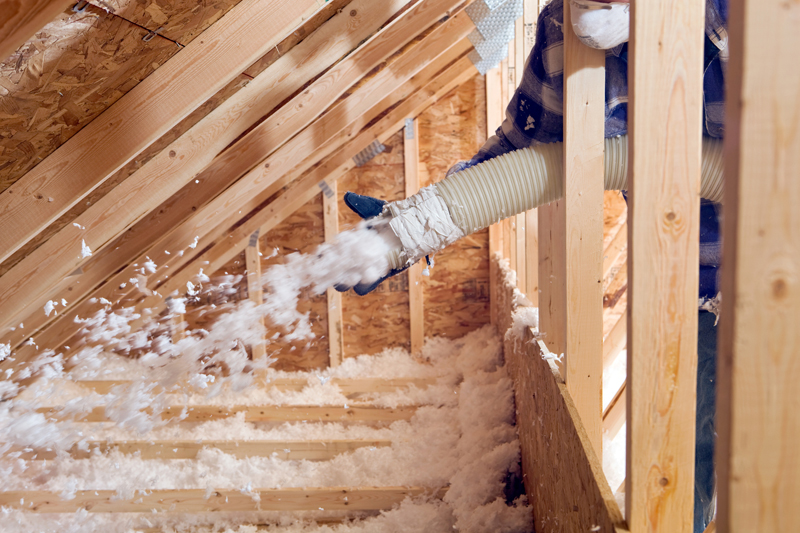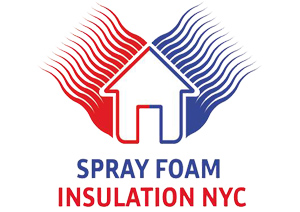Expert Blown-in Insulation Contractor in New York, New Jersey and surroundings
Leading blown insulation installers

A quarter of heat is lost through the roof in an uninsulated home. Insulating your loft, attic or flat roof is a simple and effective way to reduce heat loss and reduce your heating bills.
Cellulose insulation is one of the most eco-friendly forms of insulation on the market today. It is made from mostly recycled materials and comes in a loose form.
Recent studies on insulations have revealed that cellulose insulation may, in fact, be effective in minimizing fire damage. Because cellulose insulation is so compact, it contains little to no oxygen within it, which helps it contain fires.
Cellulose insulation is great for retrofitting areas of your home and is an excellent supplementary insulation to fiberglass, spray foam, and mineral wool.
Get in touch with us or call if you’re ready to begin your insulation project, or keep reading to learn more about cellulose!

Blown-in cellulose insulation in New York - New Jersey
Target R Value
R-What?
R-value is a measure of insulation's efficiency
R-value is a measure of insulation’s efficiency. The higher the R-value, the better the thermal performance of the insulation in locking heat in and keeping heat out, depending on the season. Your recommended R-value will depend on where you live.
R-value is a measure of insulation's efficiency
R-value is a measure of insulation’s efficiency. The higher the R-value, the better the thermal performance of the insulation in locking heat in and keeping heat out, depending on the season. Your recommended R-value will depend on where you live.
How to Tell If Blown-in Cellulose Insulation is Installed Right
Cellulose insulation is a loose-fill product composed of pulverized recycled paper treated with fire retardant. Unlike standard fiberglass installed in blankets known as “batts,” cellulose is blown into attics and walls under air pressure through a hose. Cellulose offers a higher R-value — the measure of the capacity to retard heat transfer — than fiberglass. Therefore, less depth is required to produce the specified insulating value. Because cellulose is a loose-fill substance, it can easily be blown into odd-shaped spaces within an attic or wall, generally providing more complete coverage than fiberglass batts that require labor-intensive cutting and fitting to cover all spaces. A typical installation is a two-person job requiring a blowing machine with a hopper to feed the cellulose, plus a 3-inch hose up to 200 feet in length to disperse the insulation.


